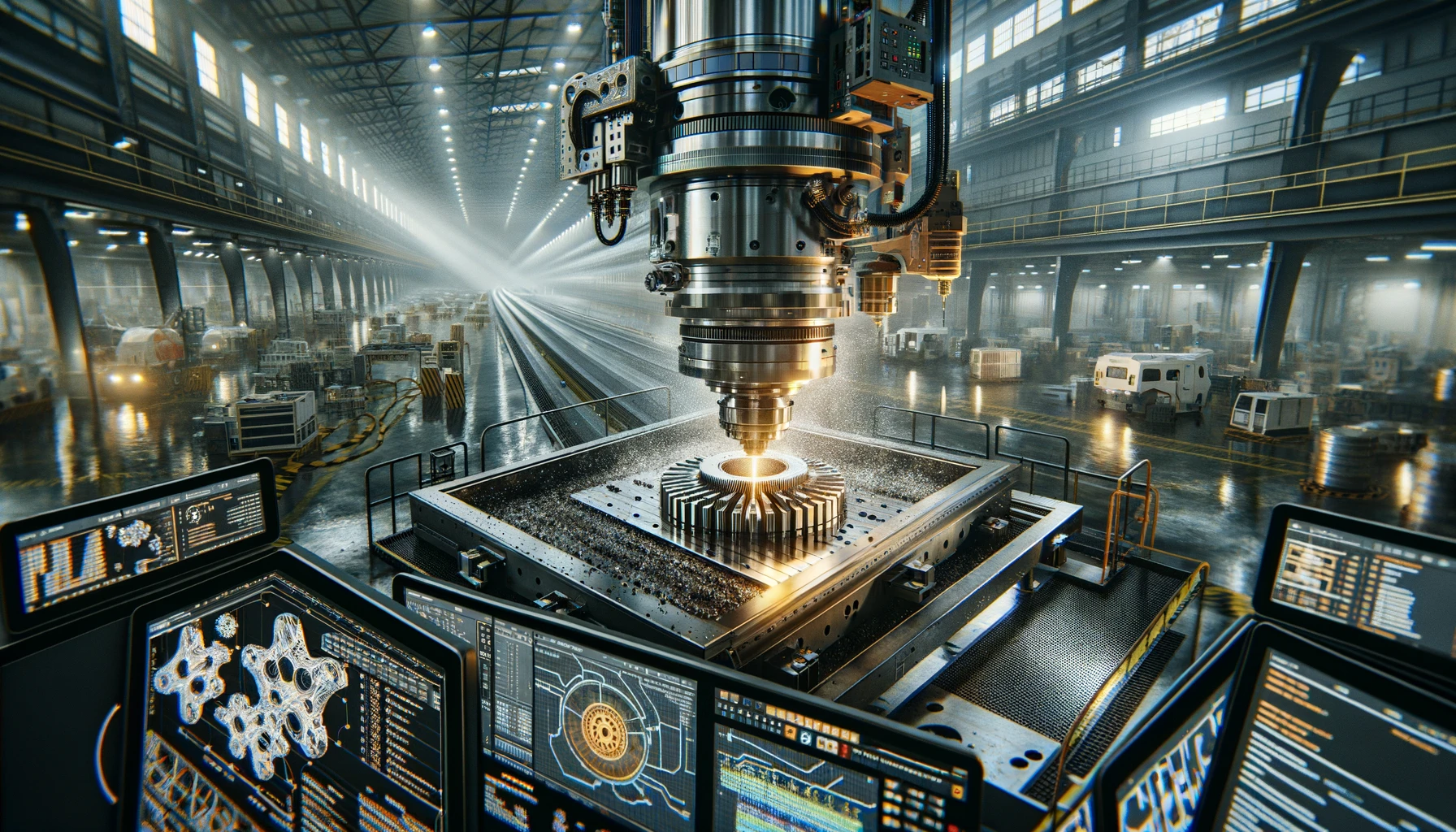
Many homeowners turn to solar with clear goals in mind: lower utility bills, greater energy independence and long-term savings. But early missteps in system design, permitting or equipment selection can lead to delays, added costs or disappointing results. Freedom Forever Solar, a national residential solar provider with a wide installation footprint, recognizes the importance of planning each stage carefully to avoid these common pitfalls.
Recognizing where problems tend to occur helps homeowners ask better questions, evaluate options more confidently and make decisions that support long-term system performance.
Underestimating Energy Needs
Sizing a system based on just one or two months of utility bills is a common mistake. It may overlook seasonal shifts in energy use, particularly during months when air conditioning or electric heating drives demand higher than average. The result is often a system that performs well for part of the year but falls short during peak usage.
A thorough evaluation should include a full year’s worth of utility data and consider future changes like electric vehicle charging or home additions. This level of planning ensures the system accounts for both current and anticipated energy needs and can continue to meet household demands over time.
Poor Site Assessment
Rushing through or skipping a proper site assessment can lead to long-term performance issues. A thorough evaluation looks at roof pitch and orientation, available surface area, shading and structural condition. Without this, the system may be installed in a way that limits output from the start.
Satellite imagery can offer a starting point, but it often misses critical details. Shade from nearby trees, vents or adjacent structures may not show up in remote surveys but can have a major impact on energy production. An on-site visit also allows the installer to evaluate the roof’s condition and spot potential obstructions or wear that should be addressed before installation begins.
Ignoring Roof Condition
The roof is one of the most important parts of any solar installation, yet its condition is sometimes treated as an afterthought. When panels are installed on a surface that’s already showing signs of wear, problems often follow. If repairs or replacement are needed down the line, removing and reinstalling the system adds time, labor and cost.
It’s better to evaluate the roof before moving forward. Addressing any issues at the start reduces the risk of future disruption and ensures the system has the stable foundation it needs to perform over time.
Choosing Incompatible or Low-Quality Equipment
Not all solar components work well together. Panels, inverters and batteries need to be properly matched to ensure the system runs efficiently and delivers consistent performance. Choosing parts based solely on cost can lead to compatibility issues, reduced output or more frequent maintenance.
Working with a reputable installer helps avoid these problems. Experienced providers understand how to pair components correctly and ensure that warranties cover all major system elements. A well-matched system not only performs better but is easier to service if issues come up later.
Inadequate Battery Planning
As battery storage becomes more common, some homeowners add it without fully understanding how much capacity they need or how it fits into their energy use. Underestimating storage requirements can limit system performance, especially for backup power or time-of-use shifting.
The battery setup should reflect how the home uses electricity throughout the day. Oversizing adds unnecessary costs, while undersizing may fall short when demand is high. It’s also important to identify which parts of the home should stay powered during an outage and make sure the battery system can support them. Getting this right early helps avoid expensive mid-project changes.
Misunderstanding Financial Incentives
Incentives can make solar more affordable, but they vary widely and often come with conditions. Misunderstanding how federal tax credits, state rebates or net metering policies apply can lead to budgeting mistakes or missed savings opportunities.
It’s important to check which programs are currently active and understand their eligibility requirements. Some incentives depend on ownership, which means leased or third party financed systems may not qualify. Reviewing the fine print early helps avoid confusion and gives homeowners a more accurate picture of the system’s financial return.
Neglecting Future Energy Goals
Household energy use rarely stays the same. A system that works today might fall short a few years from now if new appliances are added, living space expands or an electric vehicle is brought into the mix. Yet many systems are sized without future changes in mind.
During system planning, it helps to consider how energy use might grow. That could mean leaving room for additional panels or choosing components that support future expansion. Freedom Forever installs residential systems that can be configured with these kinds of adjustments in mind, offering flexibility for households that expect demand to increase over time.
Skipping Maintenance Planning
Once a solar system is installed, it still requires basic maintenance to function well over the course of its life. Neglecting to monitor performance or clean panels regularly can reduce output. While solar systems are low maintenance, they benefit from periodic checks.
Monitoring software makes it easier to track performance and detect issues early. Homeowners should know who to contact for repairs or warranty claims and have a clear understanding of what is and isn’t covered. Planning for system upkeep avoids future service delays or inefficiencies. Keeping equipment clean and in good condition helps preserve system performance and extends its lifespan.
Making Informed Decisions for Better Results
A successful solar installation depends on more than just the right equipment. It requires careful planning, clear communication and attention to details that are easy to overlook. Many of the most common mistakes come from skipping early steps or relying on assumptions instead of data.
From evaluating site conditions to understanding local incentives, each part of the process plays a role in how the system will perform over time. Asking questions, reviewing proposals carefully and working with experienced providers can help avoid costly setbacks. With the right preparation, homeowners are more likely to get a system that meets their needs, fits their budget and delivers lasting results.







